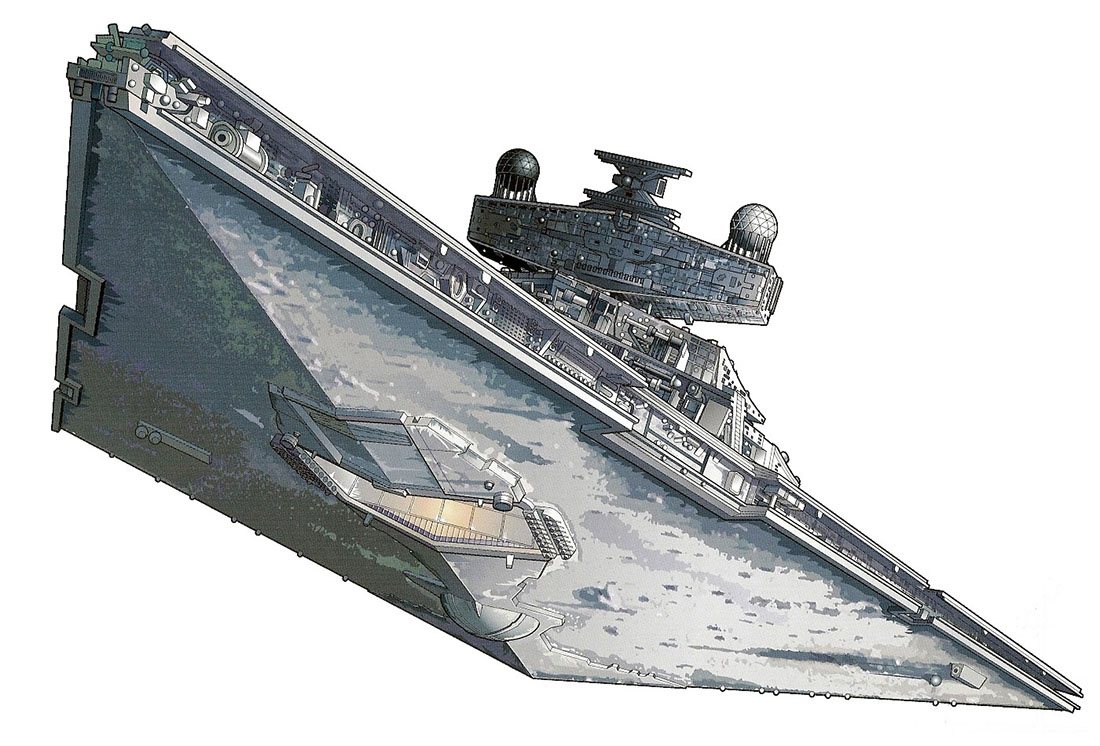I was horribly ill back in December when Star Wars: The Force Awakens was released. I dragged myself to the theater multiple times to see it through a sequence of flu, strep, and pneumonia, but I wasn’t able to devote the time necessary to write-up my thoughts on it immediately. (And after only a short while, it seemed somewhat redundant.) However, with the film’s recent release to home video and in celebration of the week of May 4th, there are a couple of things I’d like to say.
First, and by way of context: I love the film. I think it’s great. The new characters are fabulous. J.J. Abrams, by and large, is remarkably successful in capturing Lucas’ directorial style while still being true to his own.
There’s really only one thing I don’t like. And it probably won’t be terribly surprising:
STARKILLER BASE
When Starkiller Base first appeared on screen my immediate reaction was, like many people, “Really? We’re doing the Death Star again?”
The most remarkable thing about the Starkiller Base stuff is how utterly irrelevant it is. If you removed it from the movie entirely, virtually nothing would change for the main characters. (Han, Chewie, and Finn still go to the First Order’s base to rescue Rey. Han and Kylo Ren still confront each other. Et cetera.)
There’s also the fact that literally everything to do with the Starkiller Base is poorly done: They fail to establish the stakes for the first time it’s fired (it’s a planet that’s scarcely been mentioned and you see a bunch of people die that you have no reason to care about). The entire thing is a giant plot hole (it needs to consume the system’s sun in order to fire at the end of the film, but doesn’t do that the first time it fires). The off-hand reference to the entire New Republic navy being stationed on the surface of Hosnian Prime doesn’t make any goddamn sense. (It’s as if someone told the story of Pearl Harbour, but for some reason the entire American navy was drydocked in Iowa.) The plan for destroying it is literally the characters saying, “Fuck it. You saw the first film and ROTJ, right?” The attack fleet sent to destroy it doesn’t make any sense. (Why would you only send some of your ships on this mission?) For some reason, after being briefly spied so that Han can suggest bombing the regulator, the X-wing fight is never seen nor heard again by anyone on the ground. And the film couldn’t even be bothered to correctly track the number of ships which had been destroyed during the battle. (Count the number of X-wings that arrive; the number of X-wings destroyed just on screen; and then count the number of X-Wings that leave.)
So, when I’m given the godlike powers to fix stuff that doesn’t make sense in movies, I would probably just eliminate the whole thing. (Because, honestly, we don’t need to go back to the “duplicate of the Death Star” well again. It was already a mistake in ROTJ. The Star Wars universe is big enough that we can explore other cool sci-fi ideas.)
But let’s say that you wanted to keep it. (There’s some cool thematic elements to the whole “light going out” thing with parallels between the sun and Kylo Ren. Plus, I’m guessing the whole “blowing up the government of the New Republic” is probably going to be significant going foward.) Here’s what you’d do:
- Starkiller Base doesn’t fire at the midpoint of the film. Instead, the Resistance would learn of its existence through some other means. (For example, Finn reveals the location of the base when debriefed about Rey’s capture. The Resistance sends scout ships — which is something they do in the film anyway — and have the “oh shit” moment of discovering what it is.)
- The mission to destroy Starkiller Base at the end of the film is to stop it from firing on the New Republic capital planet. This eliminates most of the grievous continuity errors.
- It also gives you the narrative space to add several scenes involving coordination between Leia and her contacts within the New Republic government. These scenes would nicely clarify some of the details on how the modern political landscape actually works in this film; it would also give you an opportunity to learn enough about the Republic and Leia’s allies in the Hosnian System so that its destruction is meaningful to the audience. (This doesn’t take a lot. The first film made the destruction of Alderaan relevant with just a handful of lines.)
- Finally, and this is the key thing, the mission fails. You hit basically all the same beats you do during the film as it was released (although with a few tweaks to improve the execution and eliminate the continuity errors), but with the key distinction that they don’t destroy it fast enough. You know how Luke destroys the first Death Star just before it can fire on Yavin 4? You have basically the same moment, except Po Dameron doesn’t manage to destroy the regulator until just after it’s fired.
This last point is important not just because it conserves the presumed narrative necessity of destroying the New Republic government, but because it single-handedly justifies the entire presence of Starkiller Base in the movie.
One of the great things about Star Wars is its use of narrative leitmotifs. (Something which is echoed in John Williams’ leitmotif-based scoring.) George Lucas, whatever his flaws as a filmmaker may be, was ingenious at taking common moments and, in mythic fashion, changing the perspective of them so that they commented on each other. (For example, despite the myriad flaws of the prequel films, the telling of Anakin’s fall and its parallels with Luke’s story radically transform the ending of ROTJ: In the context of the original trilogy, you really don’t believe there’s any risk of Luke falling. He’s the Hero. He’s going to be the Hero, right? But once you’ve seen Anakin — who was also the Hero — fall, that tells you something about Luke and adds tremendous depth to that final confrontation in ROTJ which is otherwise absent.)
But when you use a leitmotif you can’t just do the exact same thing again (only bigger!). You have to transform the moment. And I think transforming the destruction of the Death Star into the failure to stop Starkiller Base would definitely have a deeper thematic resonance here. (A lot of The Force Awakens reminds me of a Shakespeare quote: “The time is out of joint. O cursed spite that ever I was born to set it right.” And nothing would feel more out of joint than this twisted mirror of A New Hope.)
STAR WARS – FURTHER READING
The Plan of Palpatine
Star Wars: Episodes VII, VIII, and IX

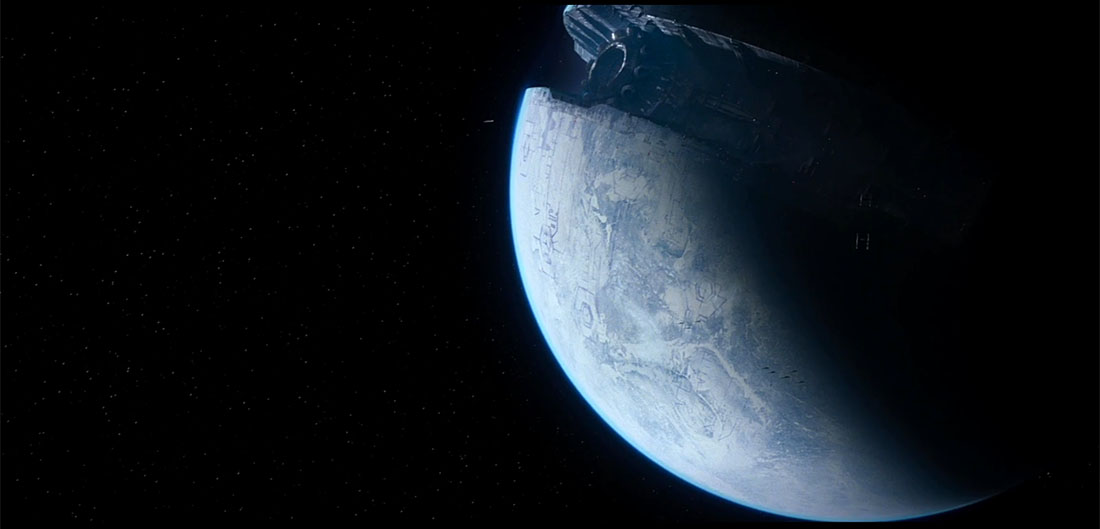
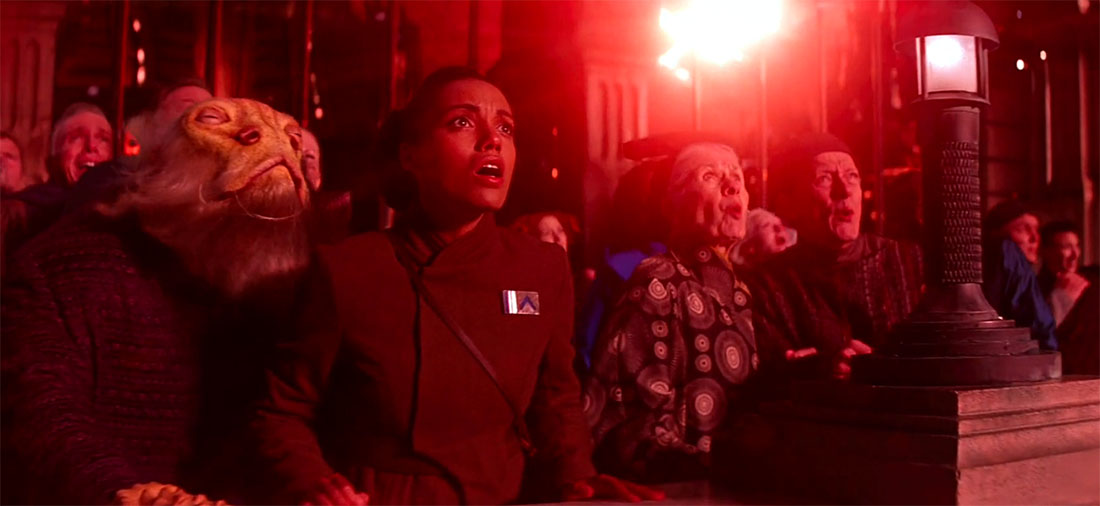
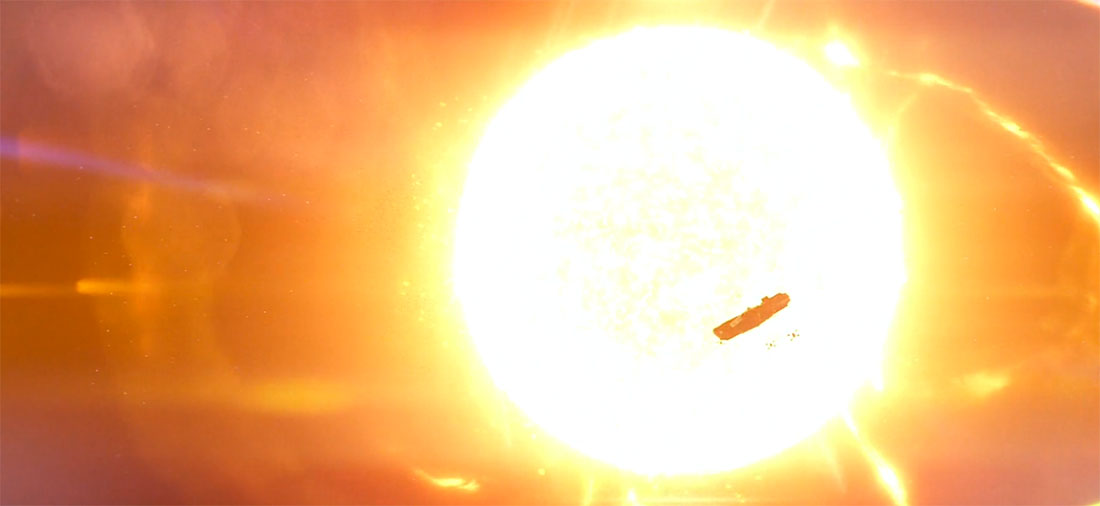
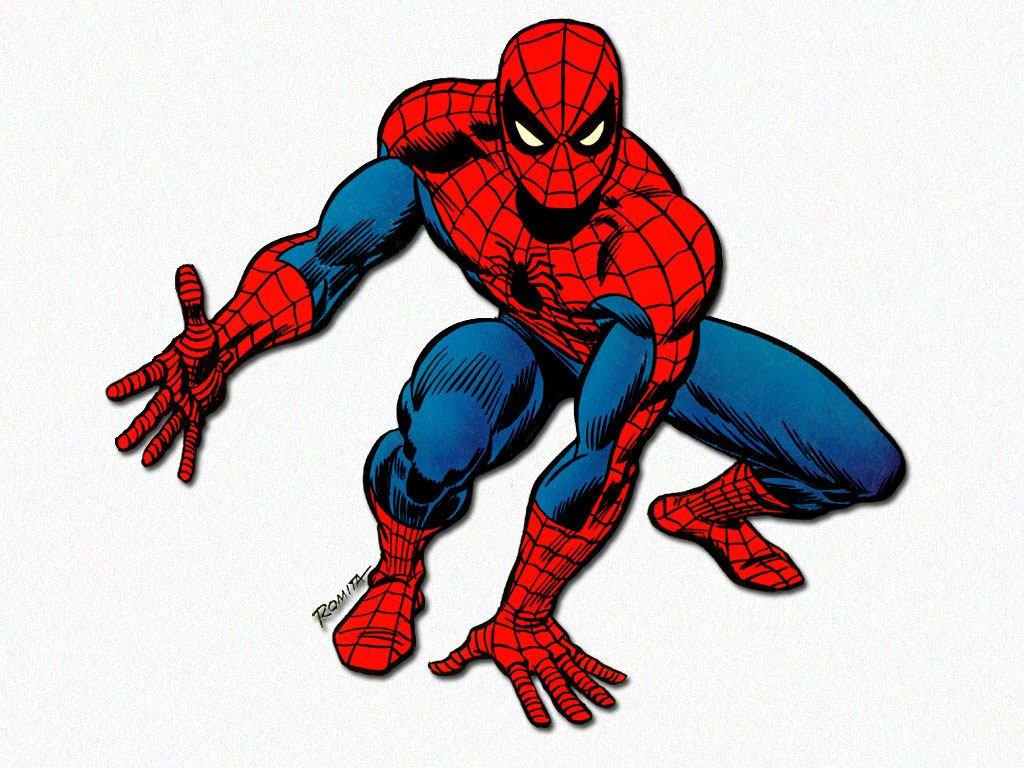
 So, as most of you know, I’ve been working as the line developer on Modiphius Entertainment’s
So, as most of you know, I’ve been working as the line developer on Modiphius Entertainment’s 
